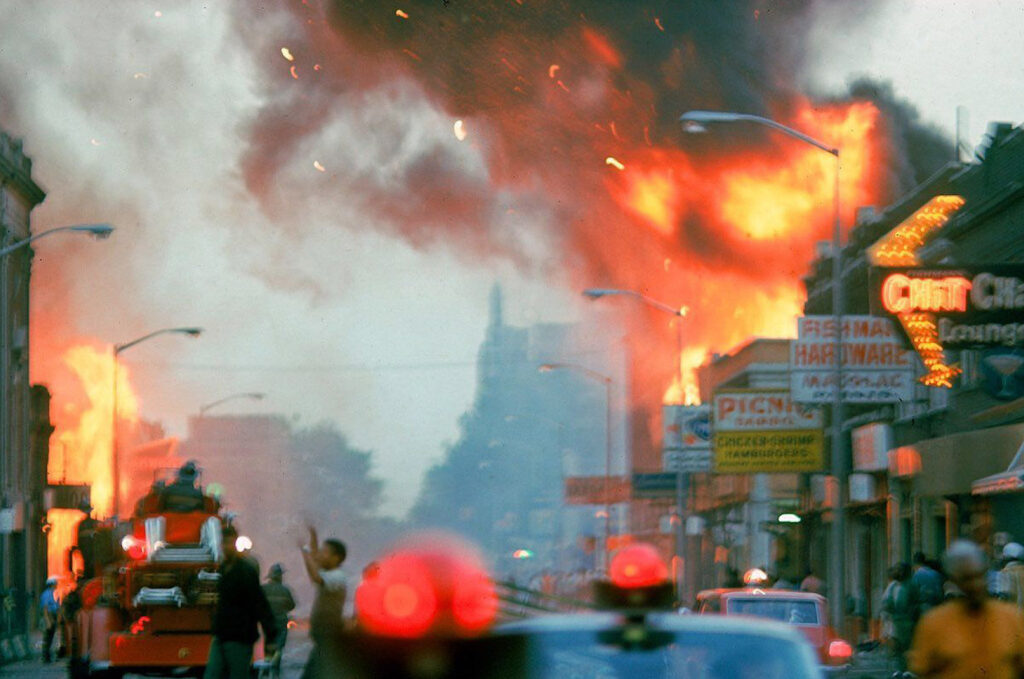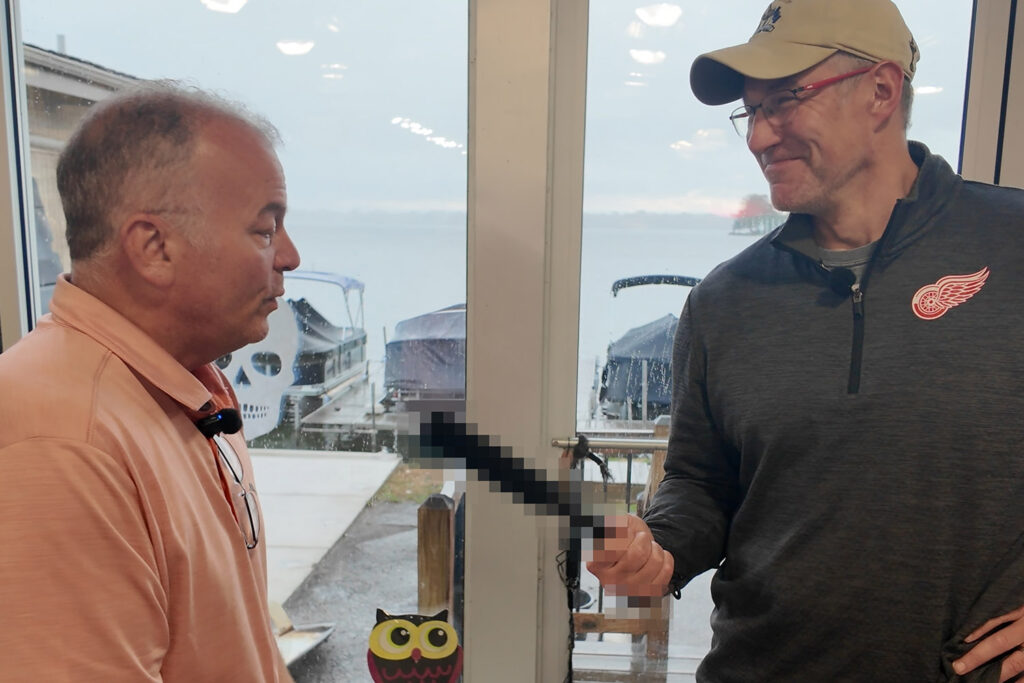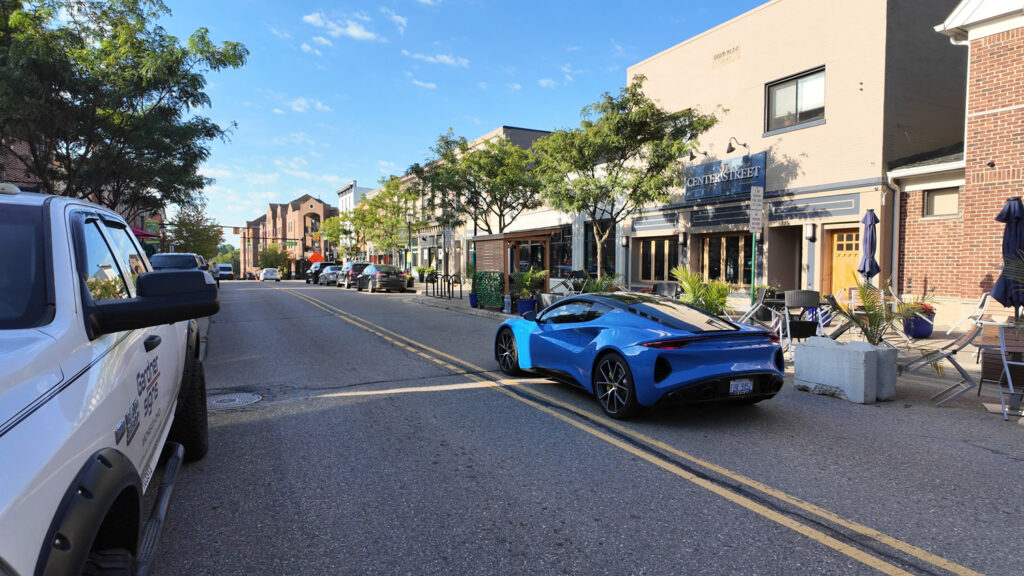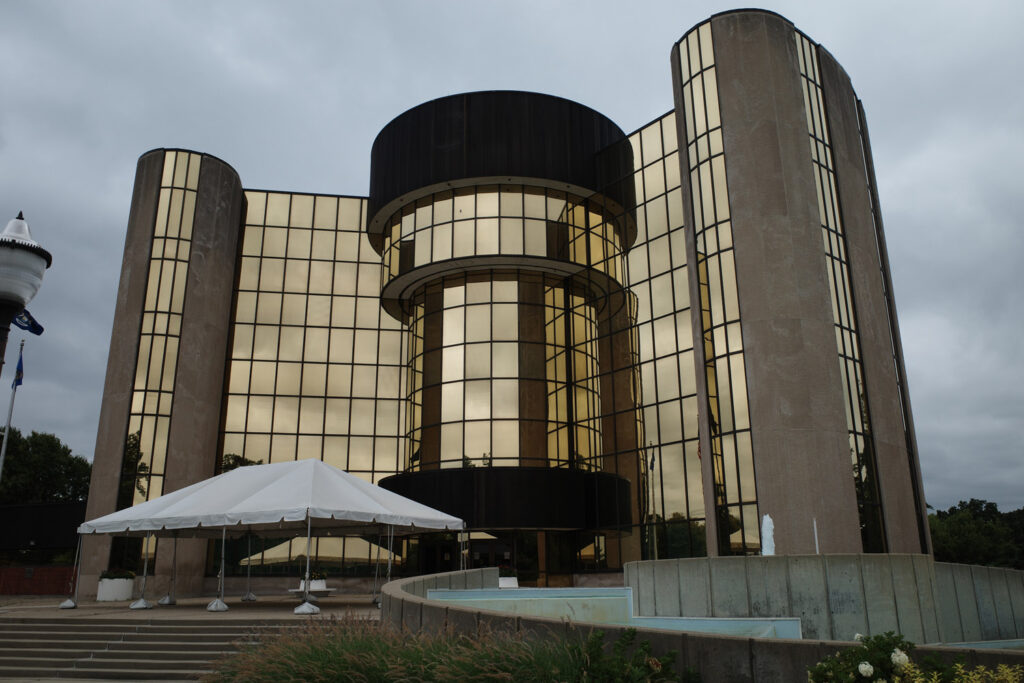Detroit — If you’re under 40, it’s likely you’ve never heard of Devil’s Night. If you have, you may have heard it was just a night of mischief.
But Devil’s Night in Detroit was real and terrible, starting in the 1970s and carrying on through the mid-1990s. It was a major stain on Detroit and on Michigan. On the night before Halloween each year, Detroit’s sprawling and abandoned landscape burned.

I was aware of Devil’s Night even as a young child in the 1980s. It was normalized. Intense vandalism in Detroit was a given, and even in the quieter western suburbs, we looked forward with glee at the prospect of pranks. My parents forbid me to go out running the subdivision with my friends and made sure we didn’t have any eggs in the house.
The year 1984 would prove to be a severe dent in the wreckage of Detroit’s already beat-to-shit resume. The city by that time was in a state of devastation after a full decade and a half of white flight. Large swaths of land and whole subdivisions were empty, and large apartment buildings along Grand River and West Grand housed only local wildlife.
We didn’t only hear about the fires in the city from Channel 7 Action News with Bill Bonds. My dad was an electrical building tradesman who worked in Detroit for over 40 years, mainly in Midtown. He frequently took me to work with him and drove me around the city riding shotgun in his work truck. Parents in the 1980s were a different breed.
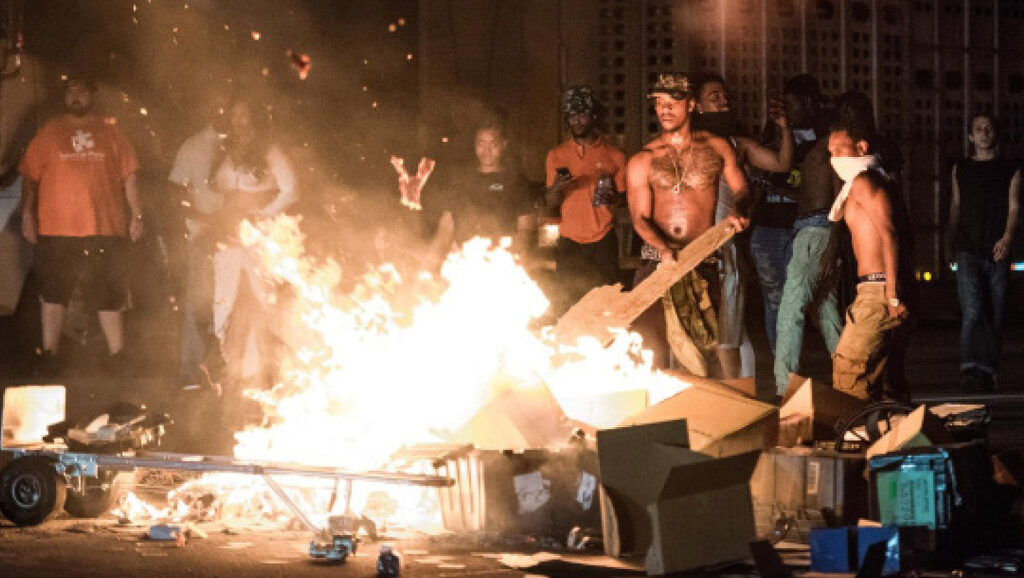
By nightfall on Devil’s Night 1984, the city was already ablaze, and I was transfixed by the news coverage showing entire city blocks on fire. Roving reporters described the carnage, as fires raged behind them. I was both stunned and amazed, but the reactions of my parents kept my childhood interest in check.
This knowing glee that something crazy was happening was interrupted by the loud ringing of the rotary phone in the kitchen. My mom answered and handed the phone to my dad. He spoke with a sense of dread and hung it up before saying to us, “I have to go into work.”
This was not good. Suddenly, I was filled with fear, realizing the old man was going down into the very hell I was watching live on television. My dad was an old-school stoic, with a cool sense of humor in tense or terrible situations. Only days earlier, he’d taken me to see “The Terminator,” and as he walked out of the door into the garage to leave, he turned back and, in a perfect imitation of Arnold’s voice, said, “I’ll be back,” with a slight smile that didn’t match the concern in his eyes.
Mine isn’t a sad story. My old man was fine and returned home in the early morning hours, long after I’d gone to sleep. The next day was Halloween, and, given my tiny attention span at the time, I completely dismissed the nightmare of the prior night.
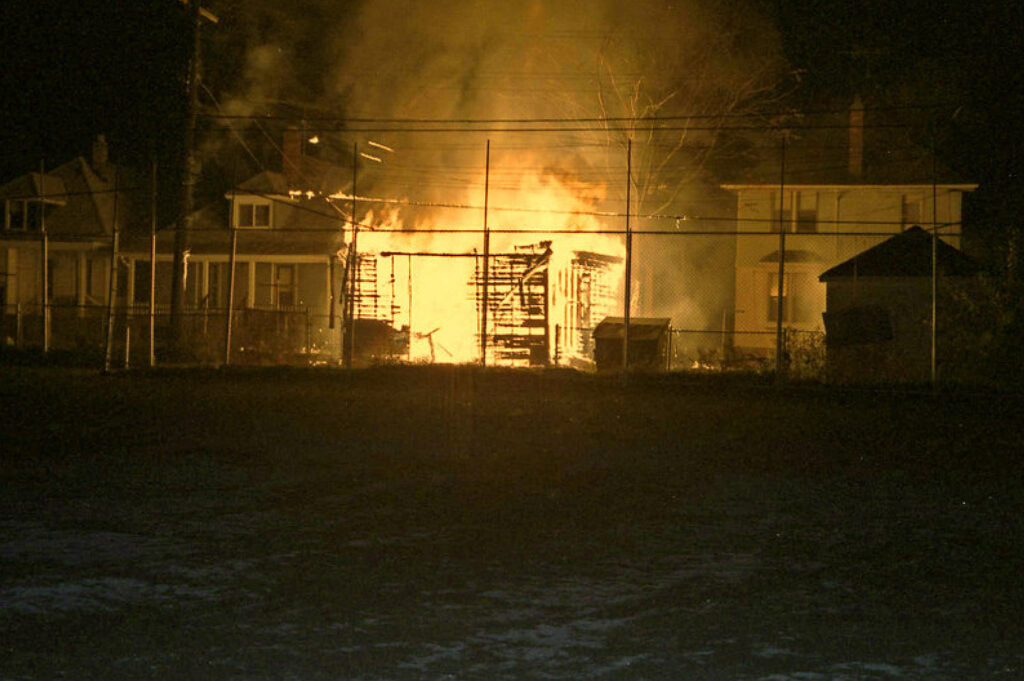
But I was soon to get a reminder of why Devil’s Night 1984 would loom large for years and become partly responsible for the local and national response to crime.
A couple days after Halloween, my dad took me to work with him. We made our way down into Detroit on I-96 and exited on West Grand, where I soon witnessed almost total devastation. A smoldering apartment building, charred black and covered in water and flame retardant. The ruins of recently burned down homes, piles of wood and ash still smoking. Small businesses with plywood nailed into place over broken windows and doors. Embankments of household items along the street curbs where people attempted to save their belongings, only to leave them behind.
A surreal landscape. The type of setting seen in a low-budget apocalyptic sci-fi film. It was like driving through the set of John Carpenter’s “Escape from New York,” but the people mulling around were not film extras. These were Detroiters.
My dad wasn’t just going to work on this day. He had befriended a fellow Vietnam veteran named Bob Boycowski, who was mostly transient and often homeless. On this particular day, my old man was looking to make sure Bob was alright, and he eventually found him. My dad handed him a few bucks and an extra jacket from the truck. Imagine being homeless in a city burning to the ground.
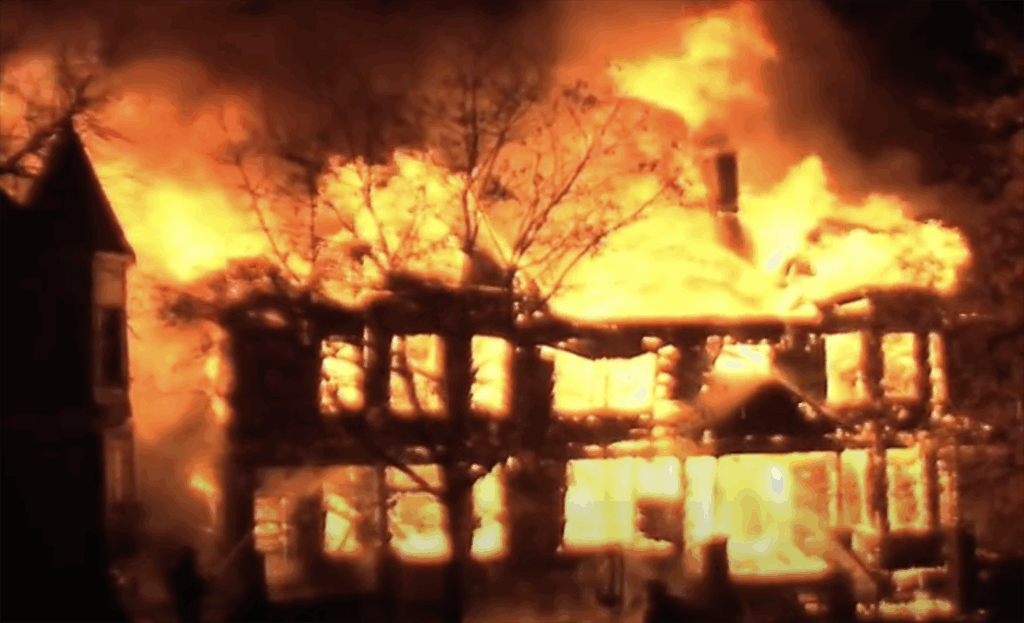
Devil’s Night now lives in the distant past. It’s rarely spoken of or written about. Through the late 1980s and early 1990s, Devil’s Night in Detroit was met with various governmental and volunteer responses—including a failed attempt to rename it Angels Night—however, the crime wave continued until the 1994 crime bill was signed into law. Federal spending finally gave way to more police on Detroit streets. A resurgence of aggressive broken-windows policing profoundly changed the city, and Devil’s Night slowly receded from the public consciousness.
The 1994 cult film, “The Crow,” starring the late Brandon Lee, used Devil’s Night as a backdrop. The main villain, a Detroit crime lord played by the fantastic character actor Michael Wincott, attempts to use Devil’s Night to burn down the city in a money-making scheme, very subtly leaning into one of the real-life causes of the fires: property owners committing insurance fraud by burning down their own buildings.
Devil’s Night 1984 was unique in a city that had become numb to the event over the preceding decade. The rate of arson and intensity of the crime over the 48-hour period that included Halloween shocked the nation. Some estimates indicate over 800 fires were started, almost twice as many as the years prior. Coleman Young, the controversial mayor of Detroit since the early 1970s, who presided over the rapid decline of the city and an increase in violence, began a yearly effort to stem the flow of hooliganism over the Halloween holiday to slow effect.
After a brief uptick in Devil’s Night arson in 1994, policing and community response via the efforts of the new mayor, Dennis Archer, finally quelled the fires once and for all. Devil’s Night thankfully lives on now only in film and memory.
Jay Murray is a writer for Michigan Enjoyer and has been a Metro Detroit-based professional investigator for 22 years. Follow him on X @Stainless31.
